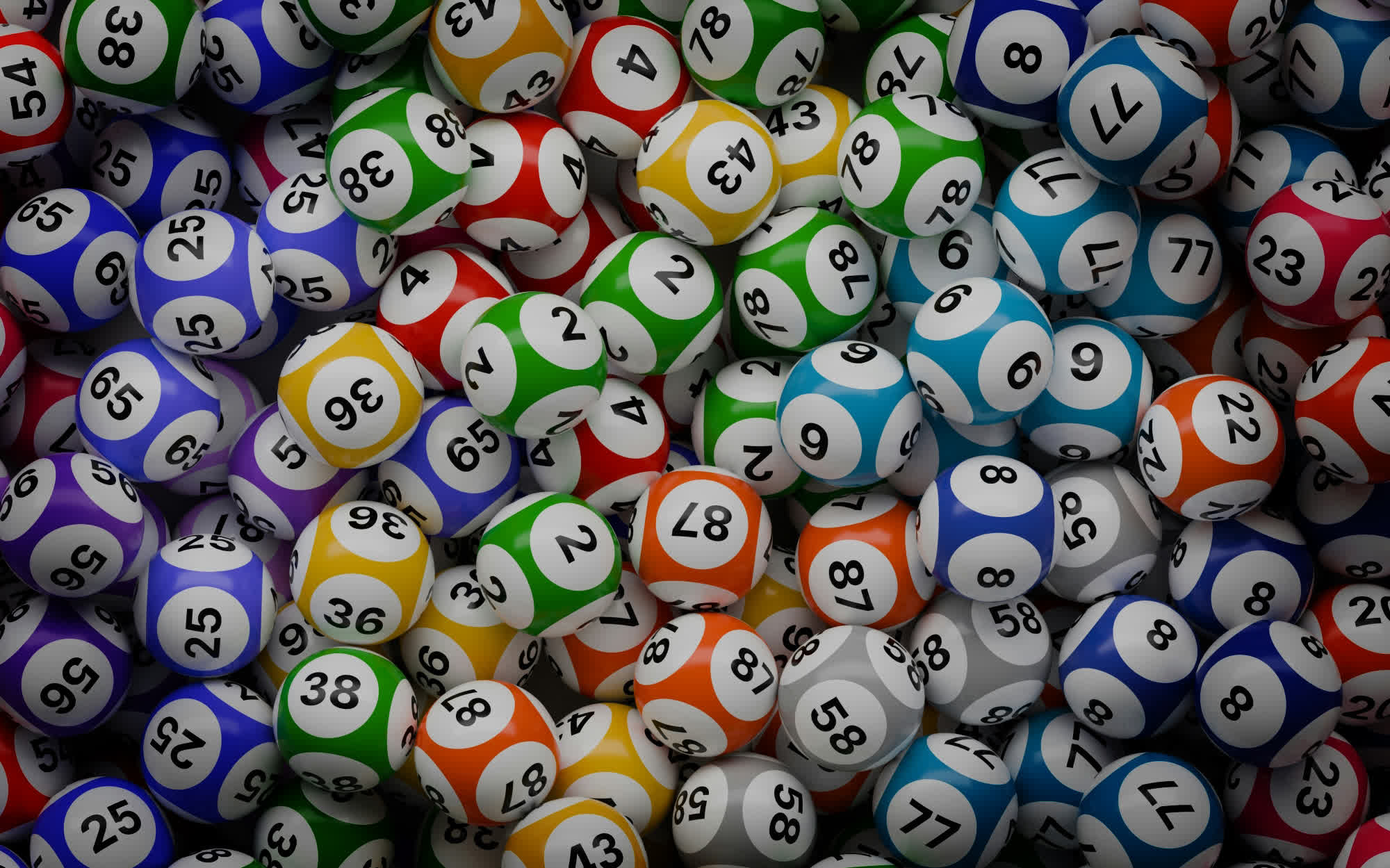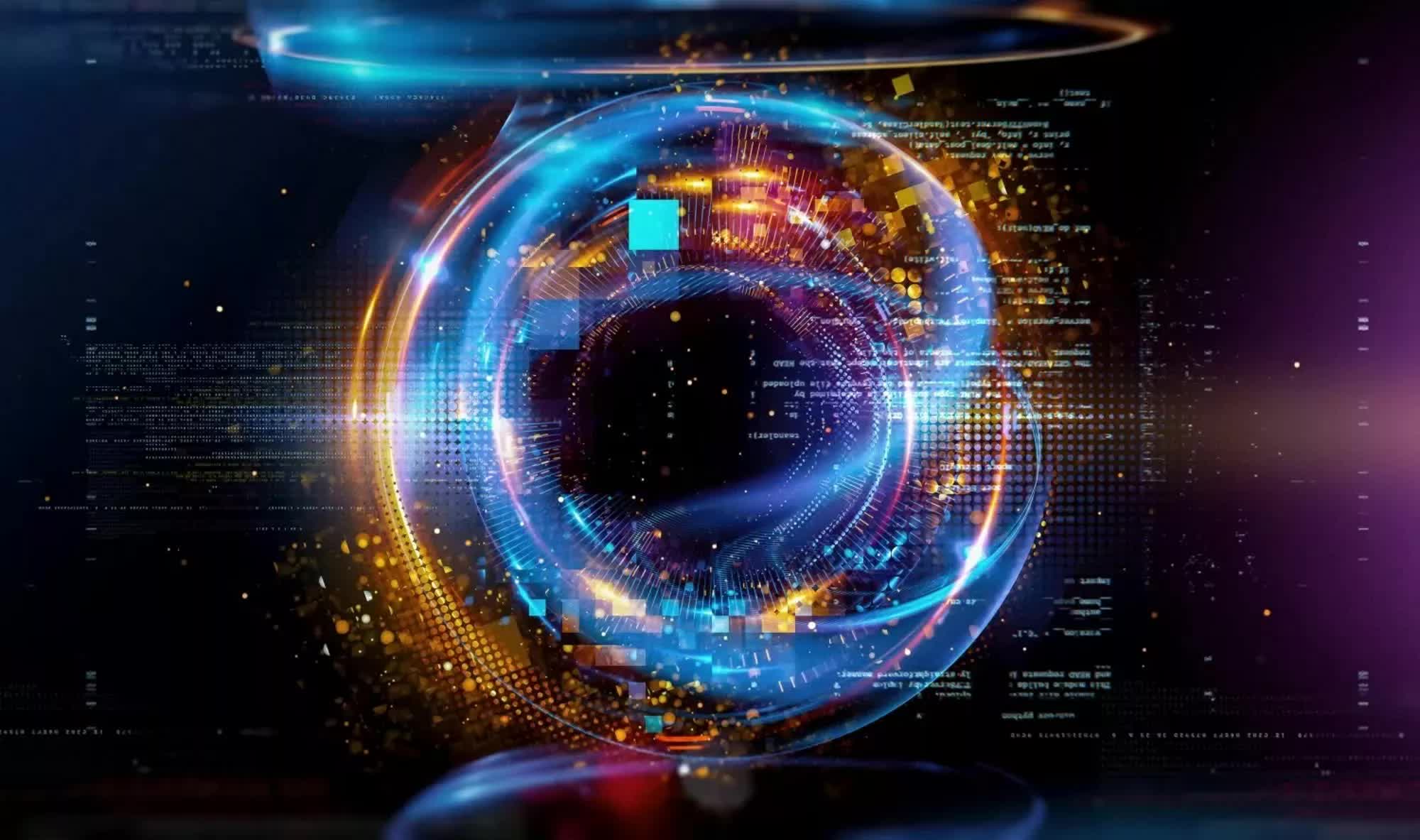Trust, but verify: Random number generation is a serious matter in modern computing. Most systems rely on a purely hardware-based approach to RNG, but the process is essentially impossible to verify or trace. Now, a new quantum-based method developed by US researchers could offer a potential solution to this RNG puzzle.

Physicists at the National Institute of Standards and Technology in Boulder, Colorado, have upgraded their previously developed quantum-based method for true random number generation. Thanks to the addition of a blockchain, the process can now be considered fully transparent and traceable.
The NIST team first introduced their RNG technique in 2018, exploiting quantum entanglement between pairs of subatomic particles. What Albert Einstein famously called "spooky action at a distance" describes how two entangled particles share the same quantum state regardless of the distance between them, meaning neither particle can be described independently of the other.
The NIST device generates pairs of entangled photons, the elementary particles that carry light, radio waves, and other forms of electromagnetic radiation in our universe. The photons are then sent to two separate measuring stations 90 meters apart, where their polarizations are detected and converted into a series of digital bits.
Must read: Number Representations in Computer Hardware

In a newly published study, NIST scientists describe a random number generator that is fully traceable. Their previous method was enhanced by adding a publicly verifiable blockchain log, where hashes are recorded through a NIST-developed protocol called Twine. The team has turned this new research into a public service named CURBy (University of Colorado Randomness Beacon), designed to provide a periodic source of randomly generated strings.
The study explains that while algorithms used to generate pseudo-random numbers are typically auditable, they cannot guarantee that their output is truly unpredictable – even to someone who knows the original seed. The new protocol extracts randomness from the quantum correlations in the original device and uses hash chains to cryptographically verify the extraction process.
Third parties can access the blockchain's public data to verify whether the RNG process has been tampered with. The NIST team also achieved significant improvements in RNG speed and efficiency: the latest experiment produced 512 bits of random numbers in about 20 seconds, compared to 10 minutes for the same output in 2018.
According to Peter Brown, associate professor at France's Institut Polytechnique de Paris, a fully traceable system should provide an additional layer of trustworthiness to the entire RNG process. "In the current era of misinformation, at least we will be able to trust in randomness," Brown said.
Quantum upgrade makes random number generation fully traceable